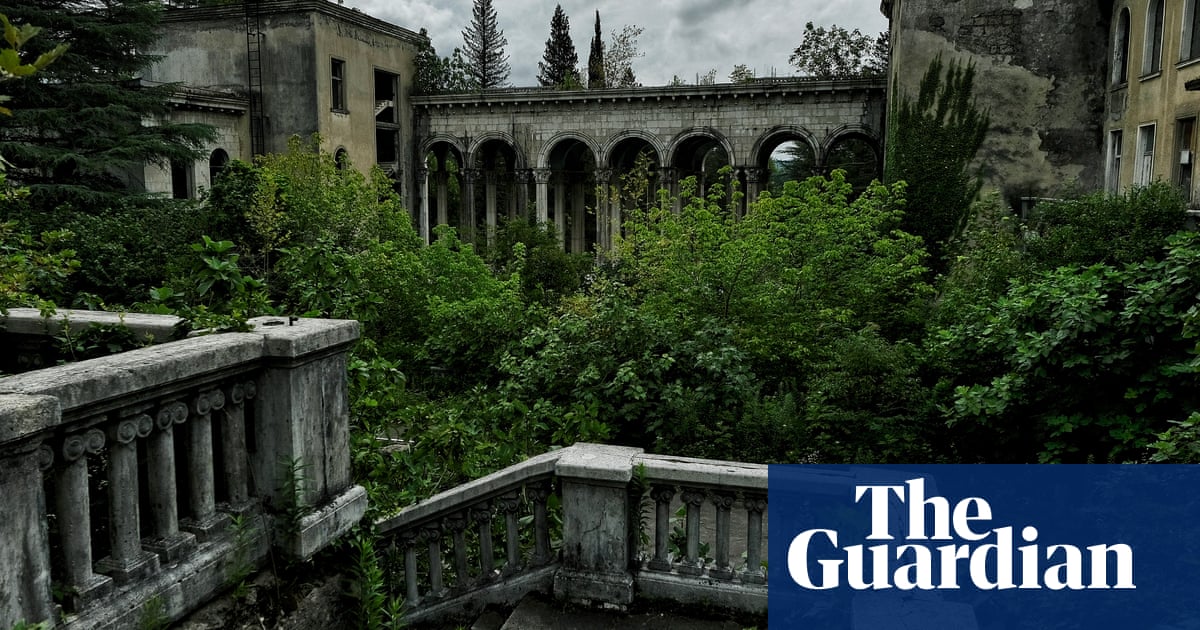
"The right to rest for workers was enshrined in the Soviet Union's 1936 constitution, which guaranteed annual vacations with full pay and a network of sanatoriums."
"Tskaltubo, a leading Soviet spa town, became synonymous with relaxation and recuperation for workers, featuring unique radon mineral springs known for their therapeutic properties."
"Between the late 1920s and late 1980s, Tskaltubo grew as a spa resort, resulting in the construction of hotels and sanatoriums, showcasing remarkable Soviet architecture."
"The establishment of Tskaltubo as a premium spa complex in 1931 aimed at optimizing productivity through health benefits, demonstrating Soviet prioritization of worker welfare."
The article discusses the historical significance of the rights afforded to workers in the Soviet Union, particularly the establishment of paid annual leave and health-focused sanatorium networks mandated by the 1936 constitution. Tskaltubo, a spa town in Georgia, highlights the successful integration of health and productivity, boasting unique radon springs and architectural marvels established during the Soviet era. From the 1920s to the 1980s, Tskaltubo became a symbol of relaxation, designed to enhance worker efficiency and wellbeing, demonstrating the government’s commitment to worker welfare.
Read at www.theguardian.com
Unable to calculate read time
Collection
[
|
...
]